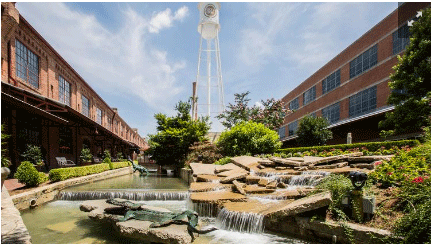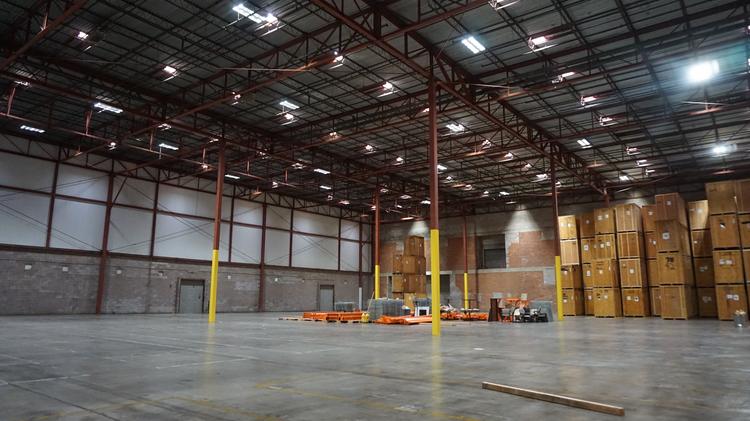
Following the decline of the tobacco industry in the late 1980s, downtown Durham, North Carolina was a ghost town.
Today, it has an $18.5 million baseball park, a $47 million performing arts center and a $200 million mixed-use project that was once home to American Tobacco.
Phoenix's downtown underwent an even bigger revitalization. After years of suburban sprawl, the city decided to reinvest in its urban core. In the past 10 years, there's been over $5 billion invested in the downtown area.
How did the two cities do it? Public-private partnerships, they said.
"We used public dollars to lead private investment," said Reginald J. Johnson, director of community development in Durham.
Two leaders from both cities, Durham's Johnson and Eric Johnson, Phoenix's deputy economic development director, spoke at a NAIOP New Mexico luncheon Aug. 29 at Albuquerque Marriott about their downtown turnaround stories.
Here is what they said were the key ingredients:
Find a champion
In order for a public-private partnership to work, the city needs to find a private entity that shares the same vision.
In Durham, it was Jim Goodmon, president and CEO of Capital Broadcasting Co. and owner of the town's baseball team, the Durham Bulls. Goodmon recognized the need for a vibrant mixed-use downtown, so he decided to invest in the old American Tobacco campus next to his baseball stadium.
Goodmon became the developer of the American Tobacco Historic District, taking that old campus and turning it into a $200 million redevelopment project. The city was a major partner in the development.
"What's important is that the champions have courage and commitment to stay the course," Reginald said.
In Phoenix, that partner has been universities and colleges. Eric said universities have been a tenant in most redevelopment projects, from biomedical campuses to innovation corridors.
"In 2003, we didn't have any students downtown. Now, there are 17,000 students there. Education is a vital part of our downtown story," Eric said.
Change the code
Much like Albuquerque is in the midst of changing its zoning code, Phoenix did something similar several years ago. The city created infill incentive districts, allowing developers to change variances, reduce parking requirements and safely invest in adaptive reuse projects.
In turn, this allowed for new investment, mainly a multifamily building boom. Phoenix increased its downtown population from 9,000 to 12,000 in two years.
Support the assets you already have
Reginald said art, history and culture have been a major part of Durham's downtown success. He said it was important for the city to keep the community's look and cultural fabric intact by restoring its red brick buildings. When the city built its performing arts center, they incorporated red brick into the building, which sustained Durham's authentic personality. Click here to read the full article.














Comments